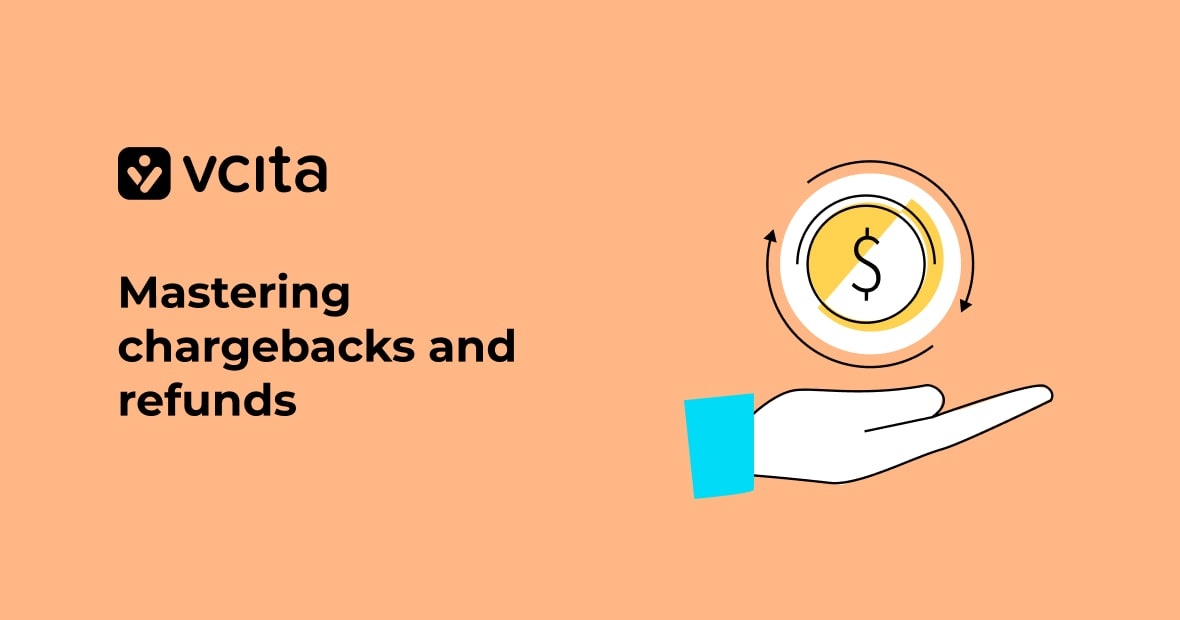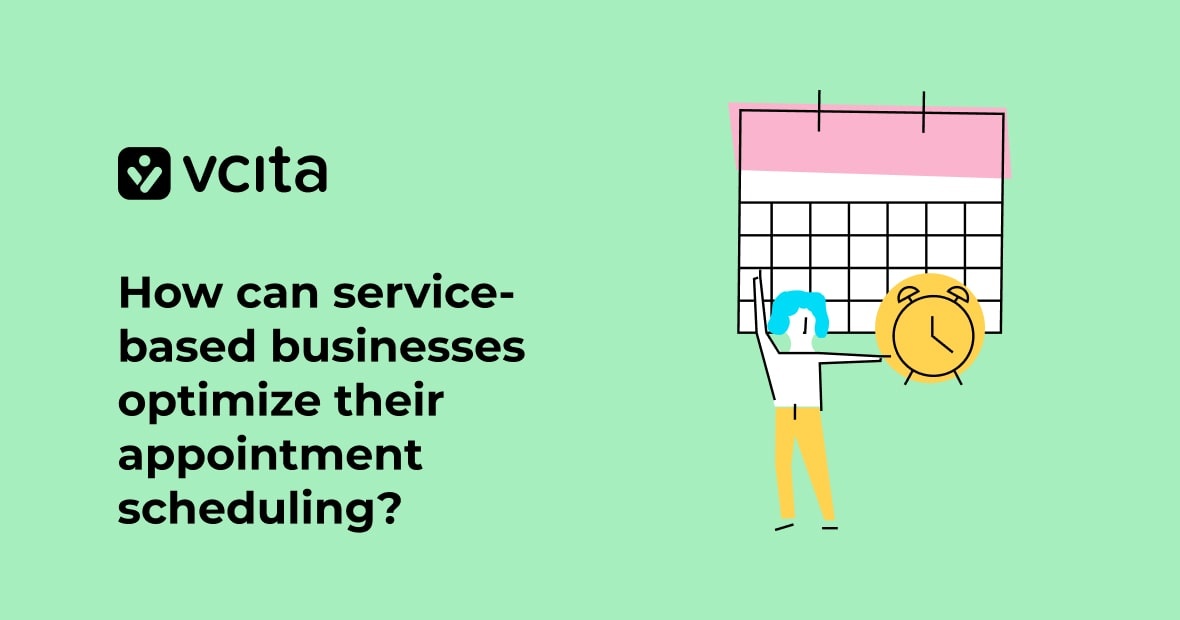You wake up to another busy day running your small business. As you drink your morning coffee and check your inbox, you see several customer complaints about orders and billing errors, and your heart sinks. Nobody likes to deal with chargebacks and refunds.
Chargebacks and refunds happen in every business, but you want to keep them to a minimum. The best way to do that is to understand the differences between them. Once you know the details that differ between chargebacks vs refunds, you can take steps to minimize them both from happening, while improving your customer relationships.
Understanding the difference between chargebacks and refunds
As a small business owner, you deal with billing and invoicing daily. Unfortunately, that also means handling customer complaints and disputes over charges. Two common ways customers initiate a payment reversal are through chargebacks and refunds. While related, there are key differences to understand.
The pain of chargebacks
Chargebacks occur when a customer disputes a transaction with their card issuer, like a bank. The issuer then pulls the funds from your payment processor. According to research, there were 238 million chargebacks globally in 2023, costing an estimated $117.46 billion in total.
Chargebacks are not requested directly from you, the merchant. Rather, customers initiate a chargeback through their card issuer, alleging compelling evidence like fraud, duplicate charges or failure to receive goods or services. With a chargeback, the bank can reclaim funds from your payment processor without contacting you first, making it a very unpleasant surprise.
The challenge of refunds
Refunds, on the other hand, are requested directly by your customer. They contact you, the merchant, to request a refund for a charge they believe to be incorrect, for goods/services that they aren’t satisfied with, or for products that they don’t need. You then issue a refund through your payment processor.
Refunds are often seen as a chance to provide good customer service and build loyalty, because you’re dealing with the client directly. It’s up to you whether to give a full or partial refund, provide a credit note, or deny the request if you don’t think it’s legitimate. When handled carefully, refunds can actually improve your relationships with customers.
The bottom line is that chargebacks cost you money and damage customer relationships, while refunds might cost you money, but can build goodwill. Taking responsibility, addressing concerns, and finding an amicable solution will make customers more likely to shop with you again in the future.
The impact of chargebacks and refunds on your bottom line
While chargebacks and refunds may seem like minor accounting issues, they can significantly impact your revenue and profits.
The average chargeback fee is $15-20 per transaction, but some payment processors charge as much as $250 if you incur a chargeback. It’s estimated that the average chargeback costs $191, but that’s not counting the cost of your wasted time and lost business. Indirect costs can add up to a lot more.
Refunds, while still reducing your income, allow you to maintain a good customer experience. When you respond quickly to refund requests, show that you care about the customer’s issue, and resolve their concern promptly, the refund request could have a positive impact on your customer loyalty.
How to keep chargebacks and refunds to a minimum
With chargebacks, you have the opportunity to provide compelling evidence to contest the claim and prevent the chargement. There’s no guarantee the dispute will be resolved in your favor, so it’s important to keep careful and clear records of all your transactions. You also need to track your billing processes to spot signs of chargeback fraud.
If a customer requests a refund, the way you respond is key. If you are quick to reply to their request, ask about the circumstances that prompt them to request a refund, and show that you care about giving them a good experience, you might be able to resolve the issue without a refund.
It’s always best to have a clear refund policy and process in place to avoid misunderstandings that could lead to chargebacks. Be prompt in responding to customer complaints, and make the dispute resolution process as seamless as possible. The more disputes you have, the higher your chargeback fees will be—and the more your bottom line will suffer.
Work closely with your payment processors to understand common reasons for chargebacks like friendly fraud. You should also monitor cash flow for signs of excessive chargebacks, which could lead card issuers to raise fees or hold funds.
Chargeback vs refund FAQs: your top questions answered
As a small business owner, understanding the difference between chargebacks and refunds is critical for managing your cash flow and bottom line. While the two concepts seem similar, there are some key distinctions to keep in mind.
What’s a chargeback?
A chargeback occurs when a customer disputes a transaction with their credit card issuer and the issuer reverses the charge, deducting the funds from your merchant account. Chargebacks are often the result of unauthorized transactions, but can also happen due to errors, fraud, or a customer claim that the product was never received.
What’s a refund?
A refund is when a customer requests their money back for a product or service. Unlike chargebacks which are initiated by the customer’s bank, refunds are initiated by your customer directly through you. As a merchant, you have the option to issue a full or partial refund to resolve the customer complaint.
What are the similarities and differences between chargebacks and refunds?
While chargebacks and refunds are both payment reversals that impact your revenue, there are some key differences:
- Chargebacks are disputed by the card issuer, refunds are requested by your customer.
- Chargebacks deduct money from your merchant account, refunds are issued by you directly.
- Chargebacks often incur fees, usually around $15-$20 per transaction. Refunds typically do not have any additional fees.
- Chargebacks can be contested with compelling evidence, but refunds are at the discretion of your business.
- Double refund chargebacks, where a customer requests a refund and then disputes the charge, can be considered friendly fraud.
Protect your business from chargebacks and refunds
At the end of the day, both chargebacks and refunds impact your bottom line. But by understanding the dispute process for each, you can minimize losses from chargeback fees, fraud, and lost revenue—and keep your customers happy. Focus on providing great products, services and support. These are your best defenses against both chargebacks and refunds chipping away at your hard-earned revenues.




























